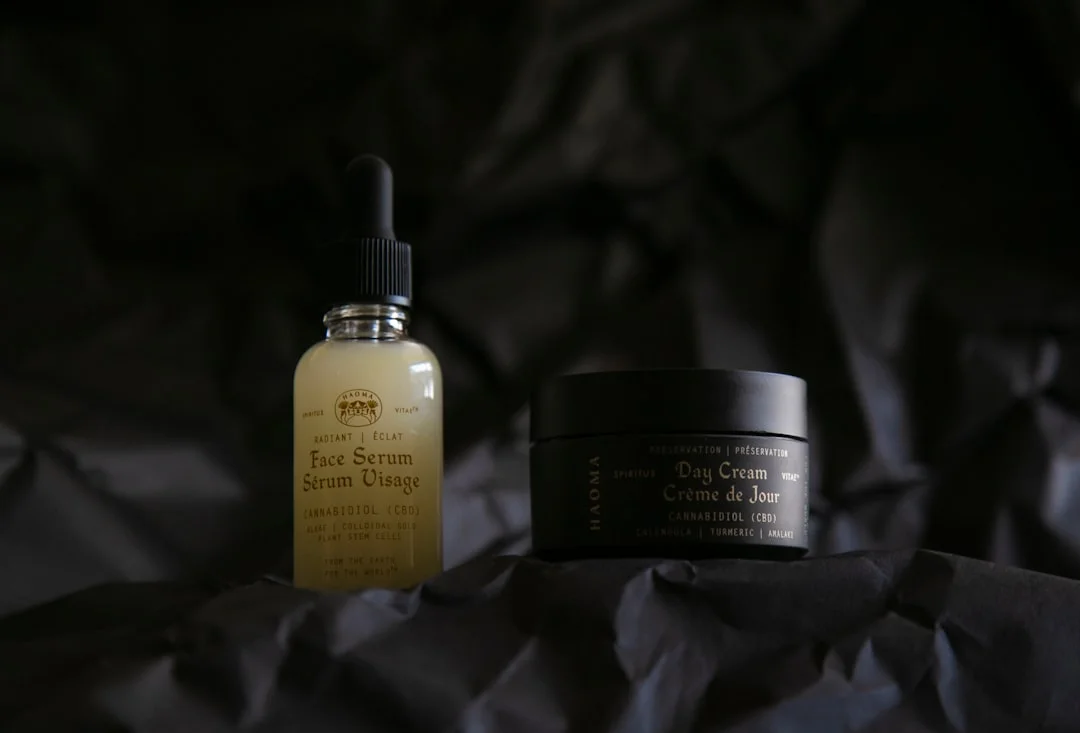Estimated Reading Time: 7 minutes
DD you ever pause and think about the environmental footprint of your daily rituals?
From the plastic bottles piling up in your bathroom to the ingredients seeping into our waterways, traditional skincare can be surprisingly unkind to our planet.
But there’s a better way!
I’m so excited to share my journey, and hopefully inspire you to start or refine your own eco-friendly skincare routine.
It wasn’t always easy, though. I used to grab whatever was on sale, lured by promises of instant results.
I didn’t think much about the ingredients list, the packaging, or where everything ended up. But then, I started learning.
I learned about the devastating effects of microplastics, the harsh chemicals in many products, and the unsustainable practices of some skincare brands.
That’s when I knew I needed to change.
The benefits extend far beyond personal aesthetics.
Embracing an eco-friendly skincare routine is an investment in a healthier you and a healthier planet.
It means choosing products that are gentle on your skin and minimize environmental harm.
This can mean everything from reducing plastic waste to supporting brands that prioritize sustainable practices.
Consider what ingredients are used and how that relates to your well-being.
Let’s break down why it’s a worthwhile transition. Choosing this path helps you…
So, how do you actually create an eco-friendly skincare routine?
It might seem daunting at first, but the principles are surprisingly straightforward. It’s all about making conscious choices, one product at a time.
Here’s my take on the essential elements to get you started:

Finding a great cleanser is the foundation. Look for solid options like bar soaps from reputable brands.
A bar of soap can last far longer than a bottle of liquid cleanser, meaning less packaging and less waste.
I personally love castile soap; it’s versatile, natural, and works wonders.
Alternatively, look for cleansers in refillable containers, or those made with biodegradable ingredients.
Toners can be a great step, but a lot of toners use synthetic ingredients. Consider making your own with ingredients like rosewater or witch hazel.
They’re naturally soothing and free from harsh chemicals.
If you’re buying a toner, ensure that its packaging is made of sustainable materials (glass, metal, or even recycled plastic) and that the ingredients are natural and ethically sourced.
Moisturizers are crucial. Seek out brands that use natural oils and butter – think shea butter, coconut oil, or jojoba oil.
These are not only gentle on the skin but also often come in minimal or eco-friendly packaging.
I recently discovered a small brand that offers a moisturizer in a glass jar with a bamboo lid, and it’s completely changed my perspective.
It really highlights how easy it can be to find sustainable options.
Sunscreen is non-negotiable, of course! But did you know that many conventional sunscreens contain chemicals that can harm coral reefs?
Look for mineral sunscreens with zinc oxide or titanium dioxide. These are generally considered safer for the environment.
Additionally, opt for sunscreens in reef-safe formulas with packaging that minimizes waste.
One small brand I use even uses packaging made from recycled materials, further reducing its environmental footprint.
This is often an overlooked, but crucial, step. Do you really need every single product on the shelf?
I used to have a drawer overflowing with lotions, potions, and serums. I realized I was overwhelmed, and I was probably using only a fraction of it.
Start by identifying the true essentials, and then build from there. It simplifies your routine and reduces waste.

When it comes to eco-friendly skincare routines, knowledge is power.
Knowing which ingredients to avoid is as important as knowing which ones to seek out. Here are a few common culprits:
I’d like to share the story of a friend, Sarah, to help illustrate how simple it can be to adjust.
Sarah was a skincare minimalist who didn’t think her simple routine would have much of an impact.
But one day, she added up the bottles she was using in a year and was shocked. Inspired, she started small.
She replaced her plastic-bottled cleanser with a bar of soap. She then started making her own toner with rose water.
Little by little, she began to adopt a truly eco-friendly skincare routine.
Sarah’s skin now looks healthier, and she feels better knowing she’s taking care of herself and the planet simultaneously.
There are a few common myths and misconceptions around switching to an eco-friendly skincare routine. Let’s set the record straight:
The options for eco-friendly products are growing every day! Here are a few places to start your search:
It’s important to research any new brand.
Look for certifications like “USDA Organic” or “Leaping Bunny” to confirm the brand’s commitments to sustainability.
I want to tell you one more story. John, a former skeptic, found the transition challenging.
But with a little research, he discovered several affordable, effective, and eco-friendly skincare routine options that met his needs.
Over time, he found his skin improved, and the environmental impact of his routine was dramatically reduced. The best part?
He said it felt better, just knowing that his daily habits were aligned with his values.
Switching to an eco-friendly skincare routine is a journey, not a destination.
It’s about making informed choices and continuously seeking ways to minimize your impact. There will be trial and error.

Some products will work, and some won’t. But with each step, you are contributing to a healthier you and a healthier planet.
Remember, every small change adds up. Start where you are, with what you have. You don’t need to overhaul your entire routine overnight.
Small, sustainable choices are what makes a real difference.
What are your favorite eco-friendly skincare products? Share your tips and experiences in the comments below!
Ready for more health tips? Sign up for our newsletter and receive weekly insights delivered straight to your inbox!
Frequently Asked Questions
Are eco-friendly skincare products as effective as conventional products?
Yes, often even more so! The effectiveness of a skincare product doesn’t depend on its environmental impact, but on its ingredients and formulation. Many eco-friendly products utilize powerful natural ingredients like plant extracts, oils, and vitamins that can be highly effective.
In fact, you might find that eco-friendly options are gentler on your skin and can address a wider range of concerns with fewer side effects because they often avoid harsh chemicals that can be irritating.
Always look for products formulated with scientifically proven ingredients, and consider your skin type when choosing products. Remember to always do a patch test before using a new product, no matter its environmental impact.
How can I tell if a skincare product is truly eco-friendly?
It’s becoming easier, but you still need to do some research! Look for certifications like Ecocert, COSMOS, or USDA Organic, which signify that a product meets certain environmental standards. Check the packaging: is it made from recycled materials, is it recyclable, or is it minimal? Examine the ingredients list.
Avoid products with microplastics, parabens, sulfates, and artificial fragrances. Research the brand. Does the brand highlight its sustainability practices and transparency? Brands that are committed to being truly eco-friendly usually openly display this information.
Check the supply chain, ethical sourcing, and packaging to check the product’s commitment to being truly green.
Does switching to an eco-friendly skincare routine have to be expensive?
Definitely not! Eco-friendly doesn’t have to mean expensive. Many natural ingredients are actually quite affordable. For example, coconut oil, shea butter, and castile soap can be used in many ways and cost less than specialized products. Making your own DIY masks, toners, and cleansers can save you money too!
Additionally, adopting a minimalist approach (fewer products that work for your skin) can also reduce overall costs in the long term. Look for sales, buy in bulk when appropriate, and consider products that offer multiple benefits to minimize spending.
Where can I find eco-friendly skincare products?
Eco-friendly skincare options are becoming increasingly available! Explore local health food stores, which often have a selection of natural and organic brands. Many online retailers specialize in sustainable products, and you’ll find a wide variety there.
Farmers’markets and craft fairs are also great sources for discovering local artisans making handmade skincare. You can also buy directly from the brands through their websites. Finally, keep an eye out for sustainable product options in mainstream stores and drug stores. Be sure to research any new brand.
Look for third-party certifications (like those mentioned previously) as an indication that the brand is truly committed to environmental responsibility.



